Using the Prometheus Operator for Monitoring LINBIT SDS in Kubernetes
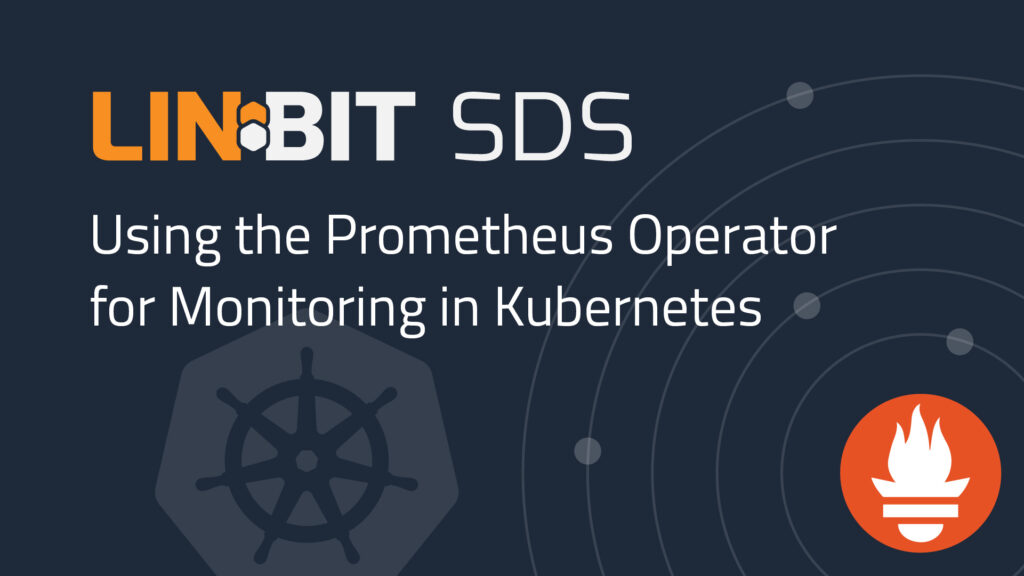
Prometheus is a popular solution for Kubernetes monitoring and alerting. The kube-prometheus-stack project is a collection of Kubernetes manifests, Grafana dashboards, and Prometheus rules that provides an easy to manage Kubernetes cluster monitoring solution. The project includes the Prometheus Operator, Prometheus, Alertmanager, Grafana, and more. The kube-prometheus stack is pre-configured to collect metrics from all Kubernetes components, and includes […]
Monitoring & Performing Actions on DRBD Resources in Real-Time Using DRBDmon

One convenient way to work with and check DRBD® and its resources is by using DRBDmon. DRBDmon is an open source utility included with the drbd-utils software package for LINBIT customers, or else you can build the utility from its source code within the drbd-utils project page on GitHub. The DRBDmon Interface DRBDmon is CLI-based but works with the concept of […]
Using Fencing in Pacemaker Clusters on VirtualBox Hypervisors
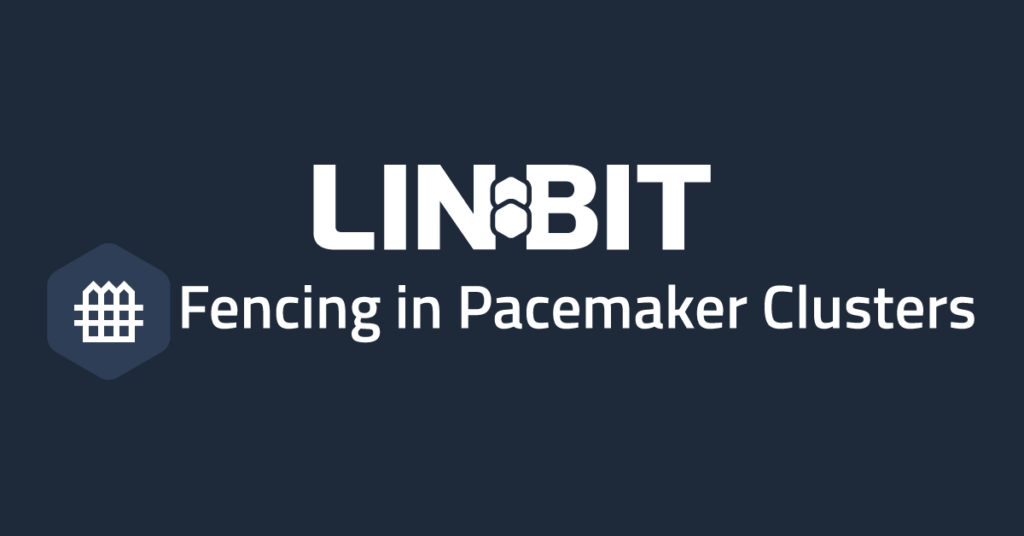
This blog post will describe how you can configure the fence_vbox fence agent in high-availability (HA) Pacemaker development clusters running on VirtualBox for Linux. Fencing is an important concept in HA clustering, so using fencing in development as you would in production is a practice that can help align the development experience with that of a user […]
XZ Backdoor & LINBIT Updates

Without question, the most drastic news event in the past two weeks was, of course, the backdoor in XZ Utils’ liblzma, which implements a backdoor in SSH daemons. As you know, an SSH-daemon runs on virtually every Linux server, allowing remote administration. About 20 million IPs on the internet are known to have a publicly […]
Disaster Recovery Is Not a Technology, It’s a Plan
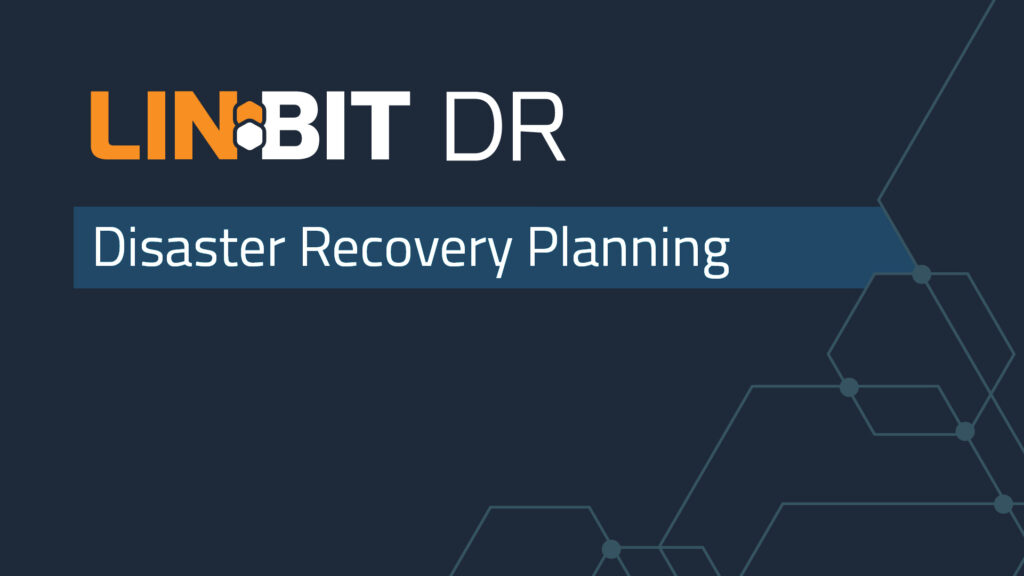
Disaster recovery (DR) is often perceived as a purely technological solution implemented within storage or virtualization environments, thanks to aggressive marketing by software vendors. However, DR involves more than software alone. It’s a comprehensive strategy that integrates diverse technologies, requiring businesses to recognize this broader perspective to mitigate potential risks and ensure effective recovery. Challenging […]
LINBIT Software Used In an Academic Research Clustering Project
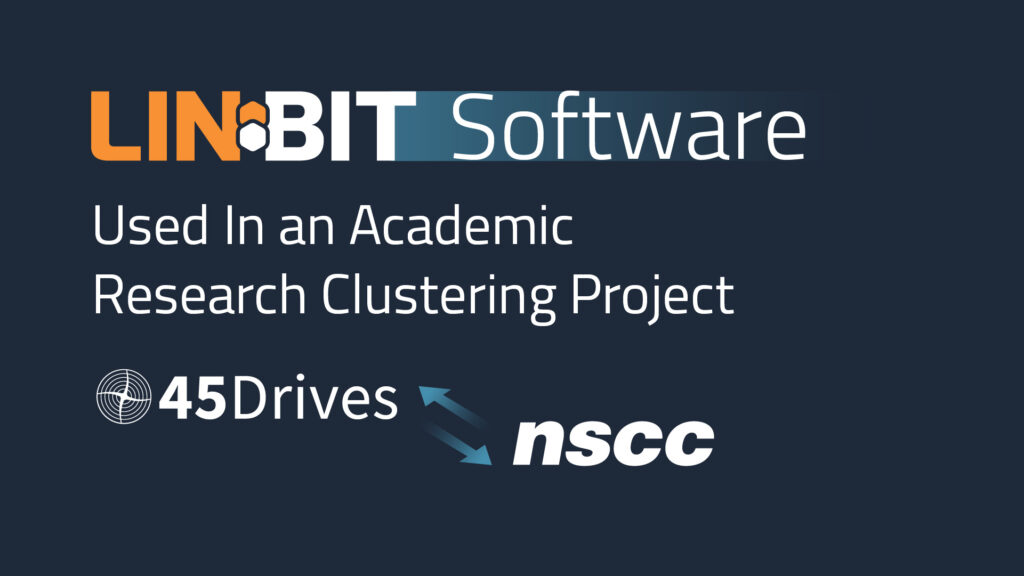
We at LINBIT® are pleased to learn about a collaborative research project between 45drives, a data storage solutions company built on open source, and Nova Scotia Community College (NSCC) in Canada. The college has chosen the top five students in its Systems Management and Security program to investigate using DRBD® and LINSTOR® as a high availability block storage […]
Using the DRBD Quorum Feature as an Alternative to Fencing in a Pacemaker Cluster
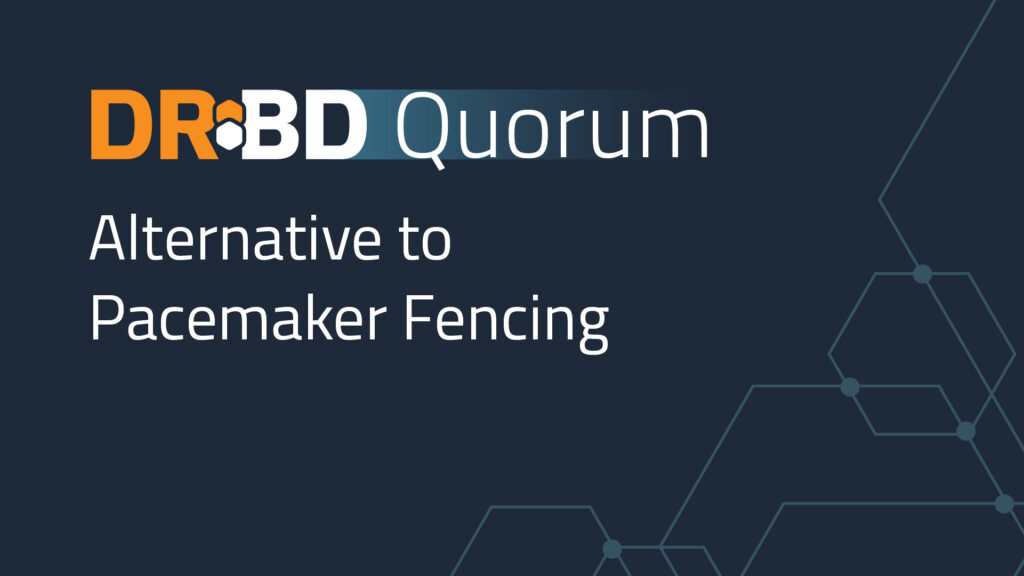
Implementing fencing is a way to ensure the consistency of your replicated data by avoiding “split-brain” scenarios. When communication between cluster nodes breaks, fencing prevents the data from diverging among your data replicas. DRBD® and Pacemaker each have their own implementations of fencing. A Pacemaker fencing implementation usually involves a hardware outlay. When using software-based […]
Filling the Gap: LINBIT SDS in Amazon EKS
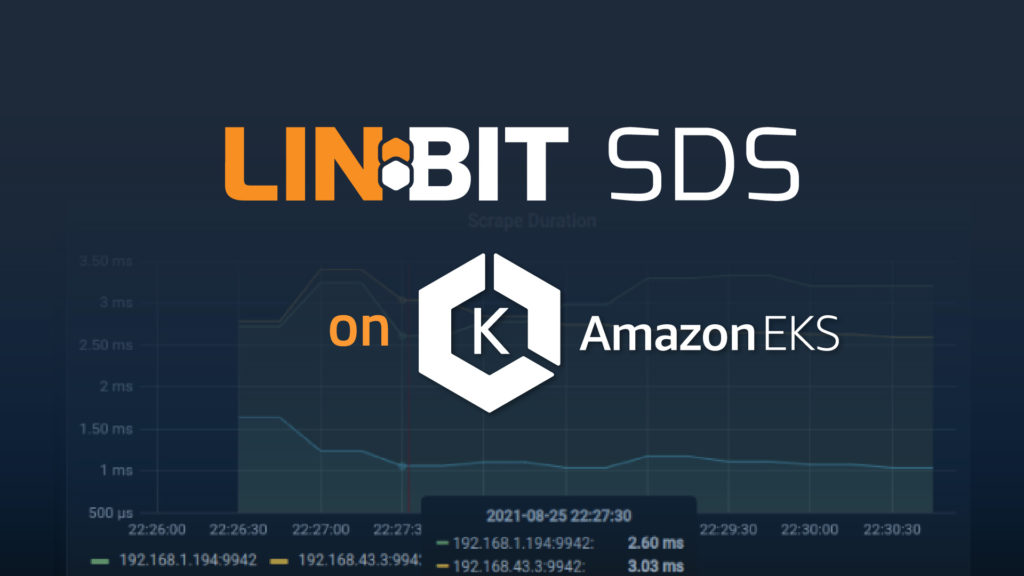
Update: The full technical document described in this blog post has been updated to version 8.2 on 2024-04-06 to include enhancements made to the LINSTOR Operator’s monitoring and alerting capabilities. Reader Bootstrapping Amazon Elastic Kubernetes Service (EKS) might be one of the quickest routes an organization can take to run a highly available, fault-tolerant, and […]
Discussion with Our Partners after the VMware News

We held our recent Community Meeting on March 14th, and decided to try something new. We gave our developers a break from the spotlight to invite partners from ShapeBlue, OpenNebula, and Vates to discuss the fallout from the recent VMware/Broadcom news. We posed the question of whether or not LINBIT’s partners, who offer open-source virtualization solutions, have […]